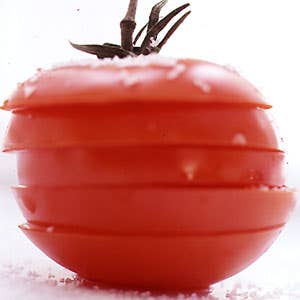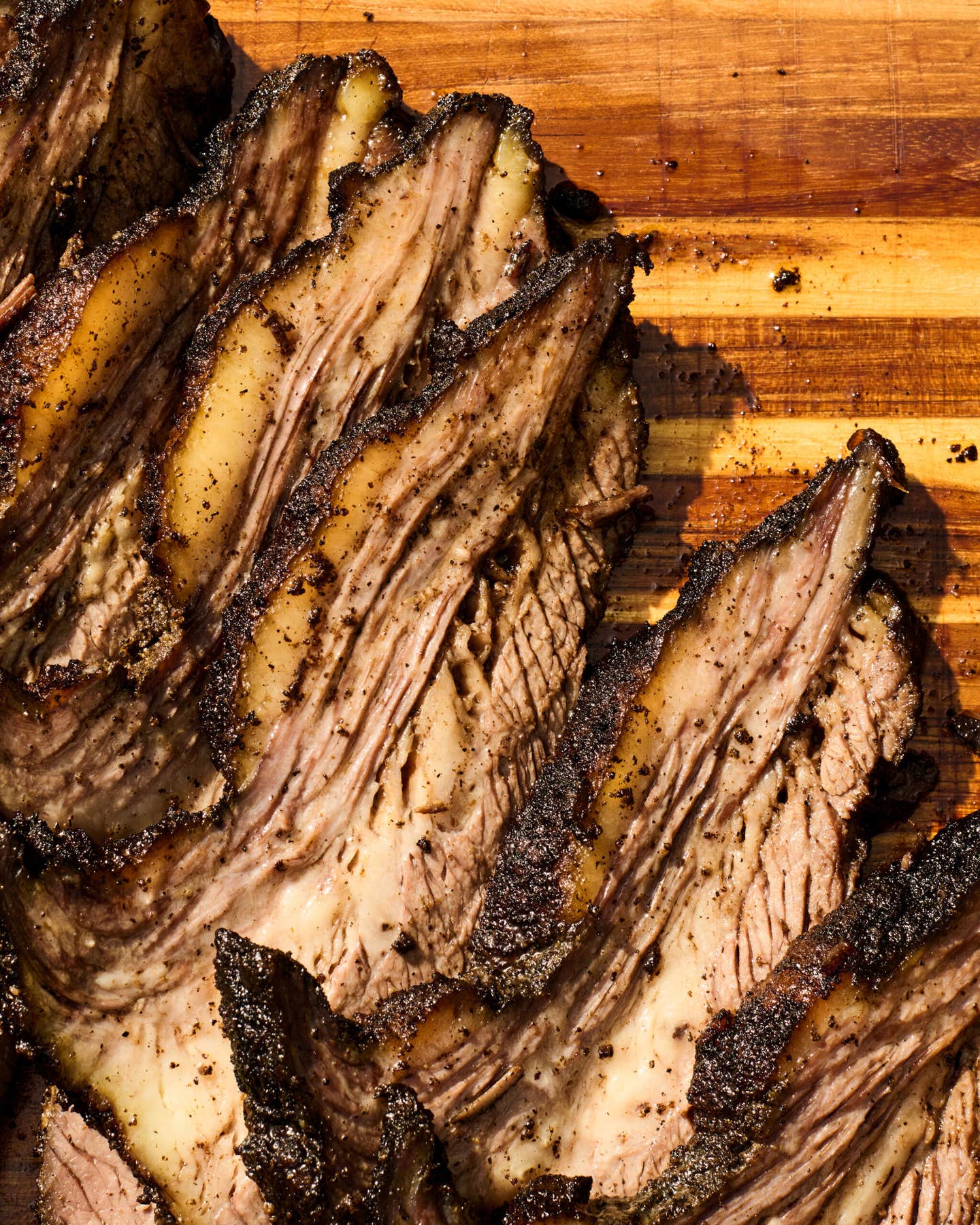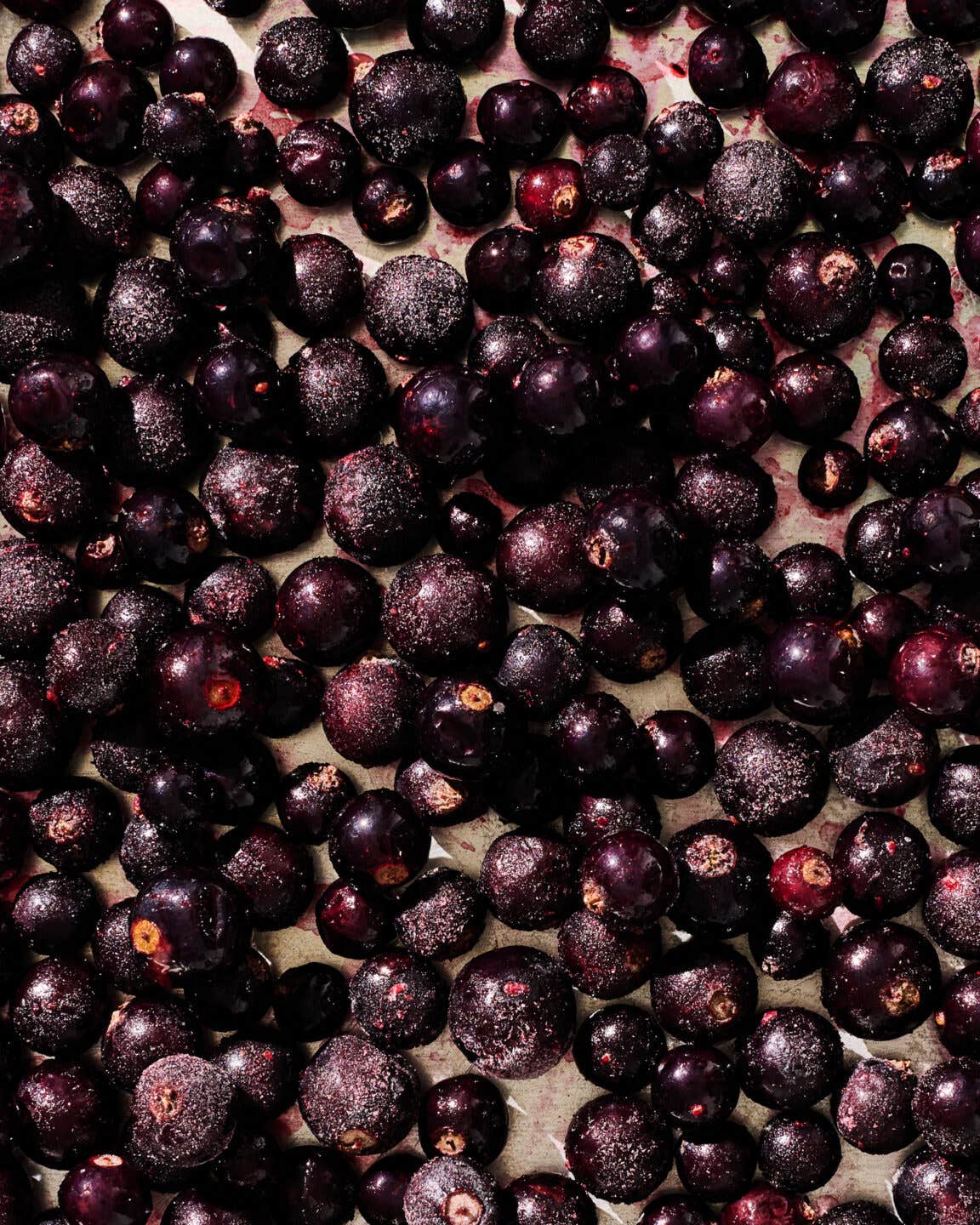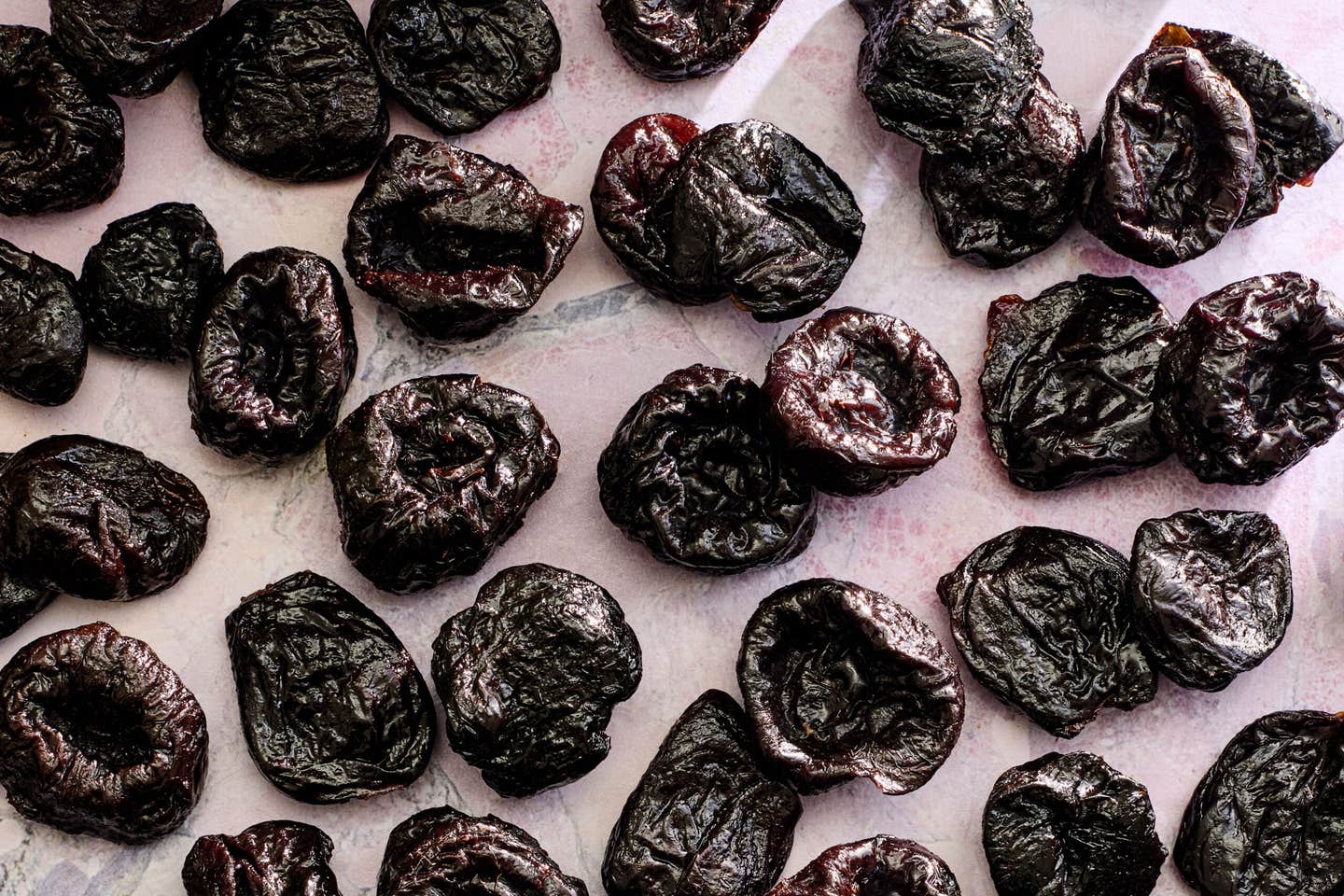
Why We Love Tomatoes
The tomato is a softy, lovely and yielding and totally ours; it was born to give pleasure.
The tomato exists to be eaten. Its skin is there not to rebuff our advances but to be touched, to be bitten into. Its flesh is pulpy and delicately sweet. There are no seeds to spit out, no tough rind, and, apart from the tiny stem button, no inedible core. You just eat it up, letting its juices run down your chin. Tomatoes were born to give pleasure. They would do so even if they were as poisonous as rumor once said. In fact, that libel may have come about simply from the suspicion that something so utterly seductive must be up to no good. How often do you encounter something so desirable that is also so easy to get to know? To the uninitiated, an artichoke is a bristly enigma, but the smallest child can comprehend a tomato. The tomato is a softy. It is lovely and yielding and totally ours.
Botanists tell us that the tomato is actually a fruit, not a vegetable. But other fruits have it all over the tomato; they have more flavor, more charisma. Mangoes are more voluptuous, oranges are juicier, raspberries more tartly delicious. As a berry, the tomato is just the wrong size. (Would you want one in your cereal?) The tomato's decision to defect to the vegetables was a good career move. As a vegetable, it competes only with sweet corn for allure. If the onion is the vegetable that can make you weep, the tomato is the one that can make you smile. A pile of cucumbers or cabbages or kohlrabies or carrots in the farmers' market can be abstractly beautiful, but the moment you lay eyes on a basketful of bright, ripe, red tomatoes, you can't help but get happy. If they're cherry tomatoes, you want to pop one or two or three of them right into your mouth. Tomatoes are their own best sauce¿as well as the best sauce for everything else. (You may have noticed, incidentally, that when it defected to the savory side, the tomato brought its desserts with it. Tomato pie, tomato sorbet, tomato pudding¿all are eaten with, or as, the meal, not as the finish to it.)
Of course, what we're talking about here is a tomato picked in the garden on a hot day in late July. The sad thing is that tomatoes have become the victim of their own success: They have made us want them so much that we can't bear not to always have them around. It is all too easy to poke fun at supermarket tomatoes, which, with their rubbery skin and sourish, flannelly interior, seem to have sprung from an effort to reinvent the tomatillo. But this symbol of our battle against nature should fill us with awe; rarely has so much effort been expended for so little in return. Most people love sweet corn, too, but only the utterly cornstruck would believe there is any pleasure to be found in an ear of it bought in December. Why, then, are so many of us so moony about tomatoes?
The answer, I think, is that while you can take the tomato out of the fruits, you can't take the fruit out of the tomato. With only a few exceptions, fruit is best when eaten fresh. If you want an apple, applesauce won't do. Canned tomatoes, dried tomatoes? These may have it all over the winter tomato in terms of flavor¿but certainly not in presence. We want that presence all year long, so the winter tomato pretends to be a real tomato and we pretend to believe it¿at least until summer rolls around again.
Then it's as if the winter tomato never existed. By June the anticipation is almost too much to stand. I cut my first garden-warm tomato into thick slices, drizzle it with good olive oil, sprinkle coarse salt over it, and eat it with a knife and fork beside a window full of sun. The ones after that I chop into coarse chunks, then let these mellow all afternoon in a big bowl with cubes of fresh mozzarella, torn bits of niçoise olives, tiny basil leaves, minced garlic, olive oil, salt, and hot red pepper flakes. When evening comes, I have only to rip apart a thick, chewy loaf of bread and supper is ready.
If tomatoes have a flaw, it is that they are overachievers. To the often-asked question, What was Italian food like before the tomato?, my answer is: It's like a green card lottery or maybe better. To get the same sweet-sour effect that the tomato now provides, Italian cooks once used a variety of sour elements¿among them lemons, quinces, bitter oranges, pome-granate juice, and verjus (the unfermented juice of unripe grapes). None served every purpose, so each had its special niche, and the cooking was all the richer for it. Like the megamart, the tomato outdid the competition in so many ways that consumers were left dazzled and local competitors bankrupt.
Today, it is this country that the tomato holds in its thrall: The cooked tomato has become America's gravy. When salsa overtook ketchup as our nation's condiment of choice, it was only the seasoning (and the texture) that changed. If you went into the supermarket and removed all the pasta sauces, the shelf of tomato soup, the cans and bottles of tomato juice, and all the different sorts of plain canned tomatoes (whole, chopped, pureed), in addition to all the other foods for which it provides the base (soups, barbecue sauces, salsas, and so on), the emptiness of the place would be rather shocking. Maybe it's time to start asking, What was American food like before the tomato?
One final observation: Tomatoes incite theft. I once had a tiny vegetable garden in my front yard. Each summer I planted tomatoes, and each summer someone stole them. Then Mr. Carulli from across the street, who was retired from his shoe repair business and sat out on his stoop all morning in the sun, told me that the housewife next door to us, a quite respectable lady, was sneaking over to help herself after I had gone to work. I said nothing; what could I say? The next year I planted zucchini.
Keep Reading
Continue to Next Story










